-
摘要:
发汗冷却是解决高速飞行器关键部位热防护问题的有效途径。以不同材料的多孔平板为研究对象,以水为冷却剂,利用自行设计搭建的试验平台对多孔平板发汗冷却过程进行瞬态试验测量,得到了不同热流加热环境下不同材料多孔平板内外壁温度变化,并分析冷却剂对不同材料的冷却效果。结果表明:发汗冷却极大降低了多孔平板内外壁温度,起到了有效的主动热防护作用。对于镍、铜金属多孔平板,保持冷却剂水流量约3.5 g/s,在热流密度小于120 kW/m2的条件下,多孔平板内外壁温度稳定在30~50℃。对于陶瓷多孔平板,保持冷却剂水流量约0.32 g/s,在热流密度小于220 kW/m2的条件下,多孔平板内外壁温度基本稳定在30~40℃。在高热流密度315 kW/m2的条件下,对于镍、铜金属和陶瓷多孔平板,发汗冷却时平板内壁温度变化不大,外壁温度分别稳定在约260℃、110℃和130℃。外壁冷却剂处于完全汽化状态,且冷却剂汽化相变位置在多孔平板内部。若无发汗冷却,多孔平板内外壁温度快速升高,其平衡温度较有发汗冷却时大幅提高,进一步表明发汗冷却的巨大应用潜力。
Abstract:During high speed flight, the temperatures of the vehicle can reach extremely high values in the critical parts. To solve the problem of thermal protection for the critical parts, series of transpiration cooling tests using different materials as porous plate and water as coolant were carried out. The experimental platform which was used for the transient measurement in transpiration cooling process was developed. The cooling effects of different material porous plates under different heat flux were evaluated by measuring the inter and outer wall temperature.The results of the experiment indicate that transpiration cooling greatly reduces the temperature of the inner and outer walls of the porous plate, which plays an effective role in active thermal protection. For nickel and copper metal porous plates, the coolant flow rate is kept at about 3.5 g/s and the temperature of inner and outer wall is stable at about 30℃-50℃ when the heat flux is less than 120 kW/m2. And for ceramic porous plates, the coolant water flow rate is kept at about 0.32 g/s, and the temperature of inner and outer wall is basically stable at about 30℃-40℃ when the heat flux is less than 220 kW/m2. Moreover, for nickel, copper and ceramic porous plates, the temperature of the inner wall changes little under the condition of high heat flux of 315 kW/m2 during transpiring cooling, and the outer wall temperature stabilizes at about 260℃, 110℃ and 130℃, respectively. The coolant on the outer wall surface is in a completely vaporized state, and the vaporized phase transition position of the coolant is inside the porous plate. In addition, the temperature of the inner and outer walls of the porous plate rises rapidly when there is no transpiration cooling, and its equilibrium temperature is greatly increased compared with the transpiration cooling situation, which further shows the enormous application potential of transpiration cooling.
-
Key words:
- active protection /
- transpiration cooling /
- porous plate /
- radiation heating /
- experimental measurement
-
表 1 多孔平板物性参数
Table 1. Physical parameters of porous plates
参数 陶瓷多孔材料 铜金属多孔材料 镍金属多孔材料 孔隙率/% 43 37.3 34.2 热导率/(W·(m·K)-1) 1.337 83.1 71.4 比热/(kJ·(kg·K)-1) 0.71 377 133 压缩强度/MPa 38.4 34.3 72.2 -
[1] 伍楠. 发散冷却关键问题的实验和数值研究[D]. 合肥: 中国科学技术大学, 2019.WU N. Experimental and numerical investigations on the key problems of transpiration cooling[D]. Hefei: University of Science and Technology of China, 2019(in Chinese). [2] STEELANT J. ATLLAS: Aero-thermal loaded material investigations for high-speed vehicles: AIAA 2008-2582[R]. Reston: AIAA, 2008. [3] BERTIN J J, CUMMINGS R M. Fifty years of hypersonics: Where we've been, where we're going[J]. Progress in Aerospace Sciences, 2003, 39(6-7): 511-536. doi: 10.1016/S0376-0421(03)00079-4 [4] THIELBAHR W H, KAYS W M, MOFFAT R J. The turbulent boundary layer on a porous plate: Experimental heat transfer with uniform blowing and suction, with moderately strong acceleration[J]. Journal of Heat Transfer, 1972, 94(1): 111-118. doi: 10.1115/1.3449858 [5] SIMPSON R L, MOFFAT R J, KAYS W M. The turbulent boundary layer on a porous plate: Experimental skin friction with variable injection and suction[J]. International Journal of Heat and Mass Transfer, 1969, 12(7): 771-789. doi: 10.1016/0017-9310(69)90181-1 [6] BELLETTRE J, BATAILLE E, LALLEMAND A, et al. Studies of the transpiration cooling through a sintered stainless steel plate[J]. Experimental Heat Transfer, 2005, 18(1): 33-44. doi: 10.1080/08916150590884835 [7] 余磊, 姜培学, 任泽霈. 发汗冷却换热过程的实验研究与数值模拟[J]. 工程热物理学报, 2005, 26(1): 95-97.YU L, JIANG P X, REN Z P. Experimental investigation and numerical simulation of convection heat transfer in transpiration cooling[J]. Journal of Engineering Thermophysics, 2005, 26(1): 95-97(in Chinese). [8] 金韶山. 液体火箭发动机推力室及钝体头锥发汗冷却研究[D]. 北京: 清华大学, 2008.JIN S S. Research on transpiration cooling of liquid rocket thrust chamber and blunt nose cone[D]. Beijing: Tsinghua University, 2008(in Chinese). [9] LIU Y Q, JIANG P, JIN S, et al. Transpiration cooling of a nose cone by various foreign gases[J]. International Journal of Heat and Mass Transfer, 2010, 53(23-24): 5364-5372. doi: 10.1016/j.ijheatmasstransfer.2010.07.019 [10] BOEHRK H. Transpiration cooling at hypersonic flight-AKTiV on SHEFEX Ⅱ: AIAA 2014-2676[R]. Reston: AIAA, 2014. [11] LANGENER T, VON WOLFERSDORF J, STEELANT J. Experimental investigations on transpiration cooling for scramjet applications using different coolants[J]. AIAA Journal, 2011, 49(7): 1409-1419. doi: 10.2514/1.J050698 [12] VAN FOREEST A, SIPPEL M, GVLHAN A, et al. Transpiration cooling using liquid water[J]. Journal of Thermophysics and Heat Transfer, 2009, 23(4): 693-702. doi: 10.2514/1.39070 [13] 黄干, 廖致远, 祝银海, 等. 高温主流条件下相变发汗冷却实验研究[J]. 工程热物理学报, 2017, 38(4): 817-821.HUANG G, LIAO Z Y, ZHU Y H, et al. Experimental investigation of transpiration cooling with phase change in high temperature flow[J]. Journal of Engineering Thermophysics, 2017, 38(4): 817-821(in Chinese). [14] 吴亚东, 朱广生, 高波, 等. 多孔介质相变发汗冷却主动热防护试验研究[J]. 宇航学报, 2017, 38(2): 212-218.WU Y D, ZHU G S, GAO B, et al. An experimental study on the phase-changed transpiration cooling for active thermal protection[J]. Journal of Astronautics, 2017, 38(2): 212-218(in Chinese). [15] 熊宴斌. 超声速主流条件发汗冷却的流动和传热机理研究[D]. 北京: 清华大学, 2013.XIONG Y B. Study of the mechanism of flow and heat transfer on supersonic transpiration cooling[D]. Beijing: Tsinghua University, 2013(in Chinese). [16] 孟松鹤, 党晓雪, 丁小恒, 等. 多孔C/C材料发汗冷却实验研究[J]. 固体火箭技术, 2015, 38(1): 102-106.MENG S H, DANG X X, DING X H, et al. Transpiration cooling tests of porous C/C[J]. Journal of Solid Rocket Technology, 2015, 38(1): 102-106(in Chinese). [17] WANG J, ZHAO L, WANG X, et al. An experimental investigation on transpiration cooling of wedge shaped nose cone with liquid coolant[J]. International Journal of Heat and Mass Transfer, 2014, 75: 442-449. doi: 10.1016/j.ijheatmasstransfer.2014.03.076 [18] HE F, WANG J H. Numerical investigation on critical heat flux and coolant volume required for transpiration cooling with phase change[J]. Energy Conversion and Management, 2014, 80: 591-597. doi: 10.1016/j.enconman.2014.02.003 [19] DING R, WANG J, HE F, et al. Numerical investigation on the performances of porous matrix with transpiration and film cooling[J]. Applied Thermal Engineering, 2019, 146: 422-431. doi: 10.1016/j.applthermaleng.2018.09.134 [20] JIANG P, LIAO Z, HUANG Z, et al. Influence of shock waves on supersonic transpiration cooling[J]. International Journal of Heat and Mass Transfer, 2019, 129: 965-974. [21] XIAO X, ZHAO G, ZHOU W. Numerical investigation of transpiration cooling for porous nose cone with liquid coolant[J]. International Journal of Heat and Mass Transfer, 2018, 121: 1297-1306. doi: 10.1016/j.ijheatmasstransfer.2018.01.029 期刊类型引用(2)
1. 陈忠灿,张凯,李枫,赵月,武健辉,贺棋楝,陈民. 发汗冷却技术在飞行器上的应用及展望. 清华大学学报(自然科学版). 2024(02): 318-336 .  百度学术
百度学术2. 李海峰,于利民,安京文,吴征天. 基于锥形回转体多孔毛坯的异型面结构加工工艺研究. 苏州科技大学学报(自然科学版). 2024(02): 43-47 .  百度学术
百度学术其他类型引用(3)
-








 下载:
下载:

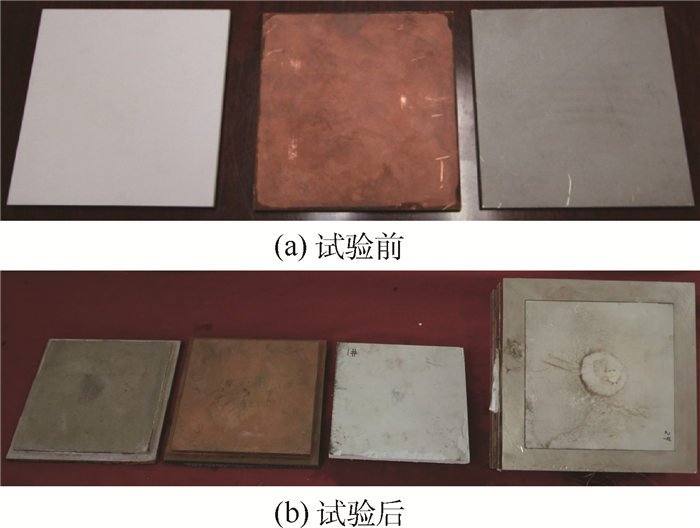
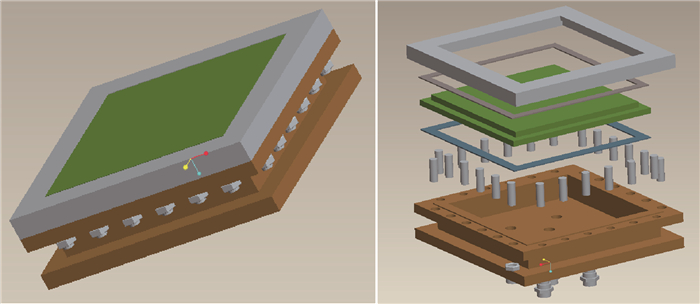

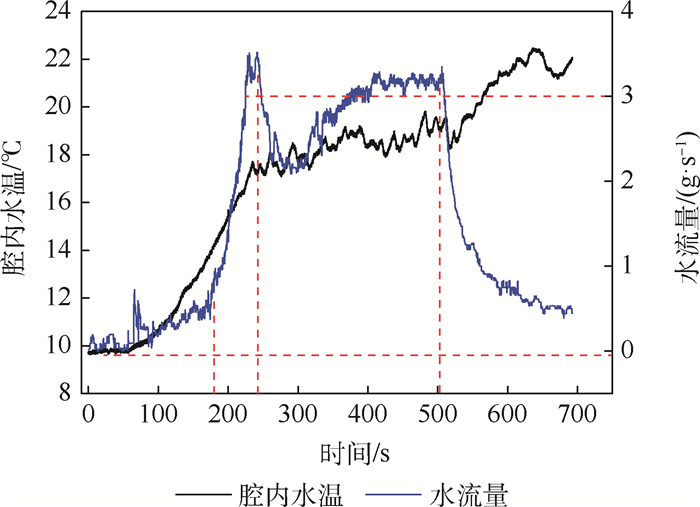
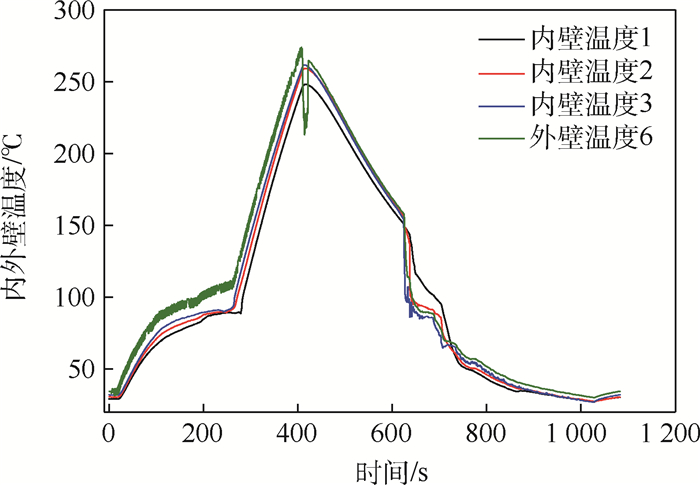
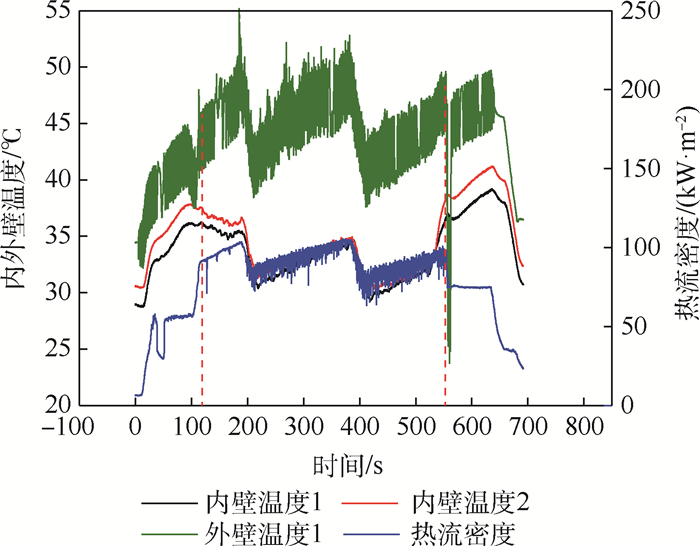

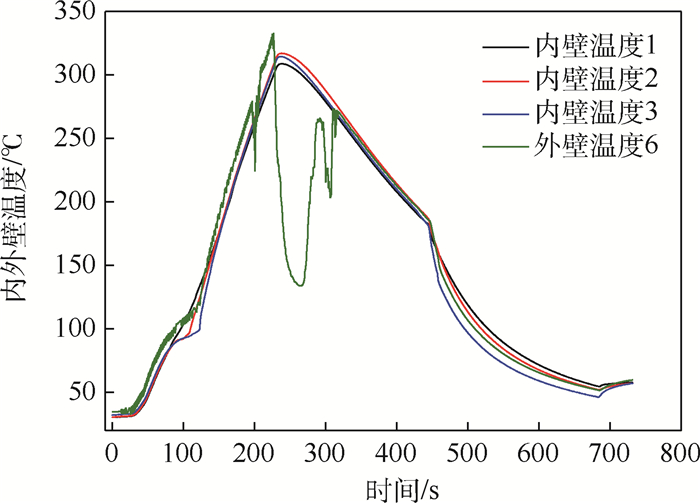


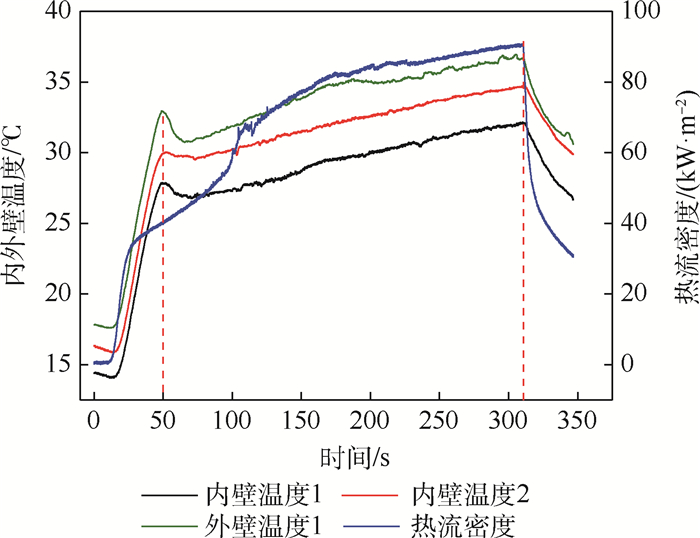


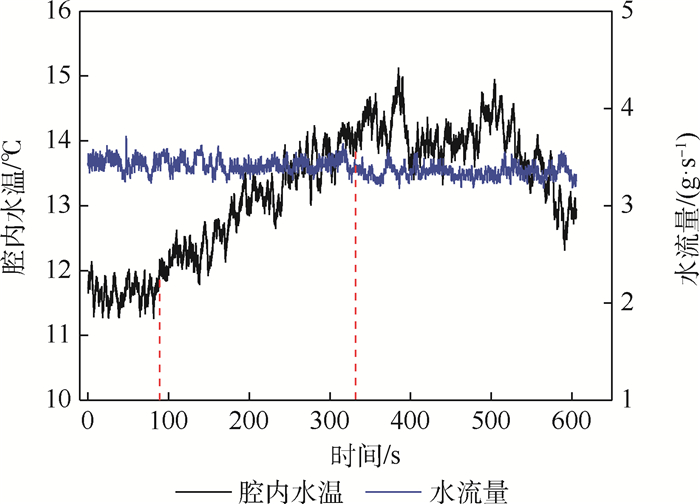




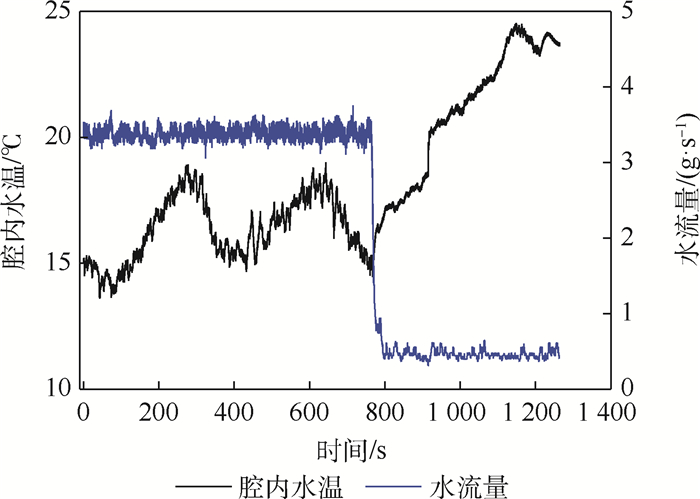
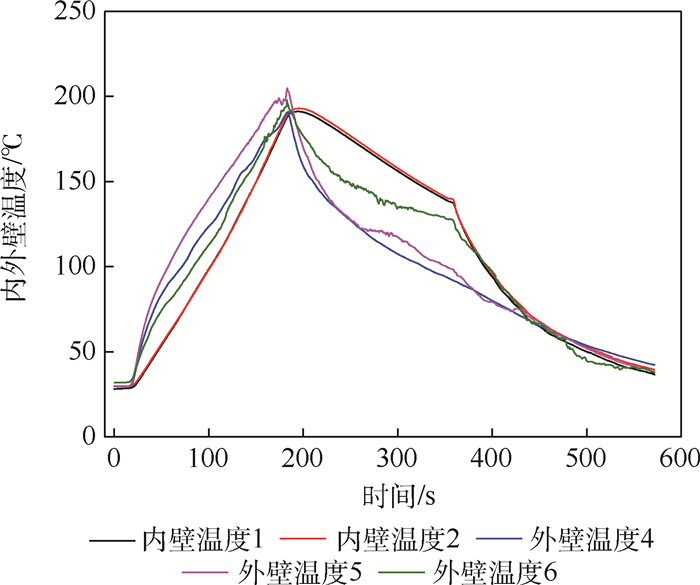

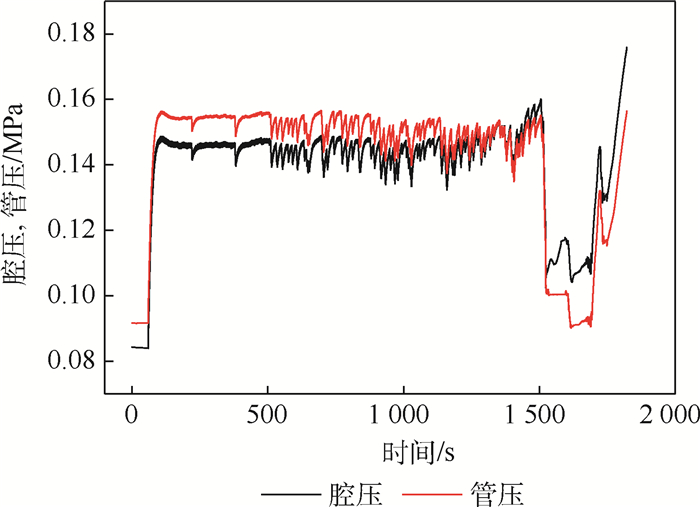

 百度学术
百度学术

